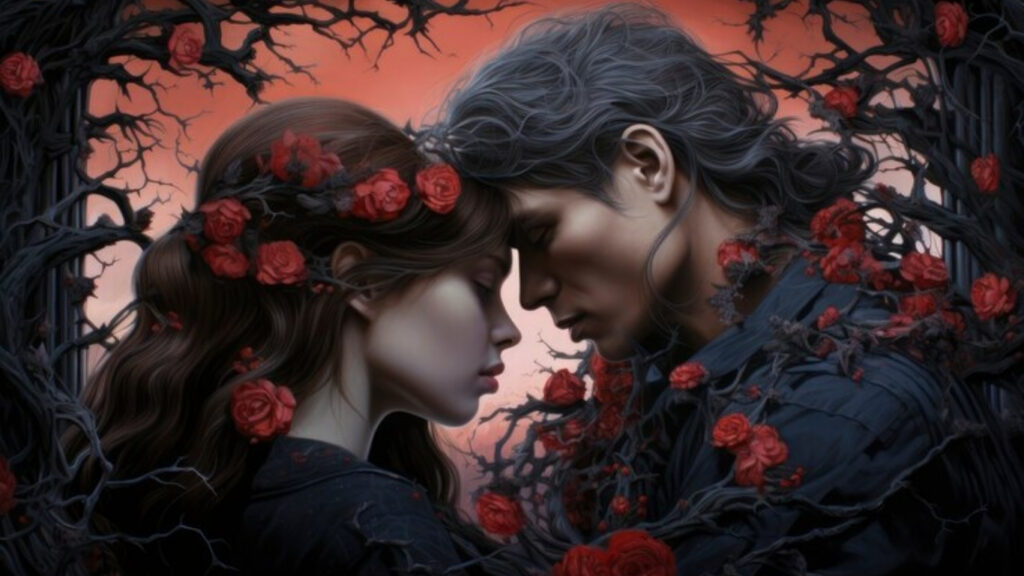Introduction: Nezumi no Hatsukoi
“Nezumi no Hatsukoi” (ねずみの初恋), translated as Nezumi’s First Love, blends romance, thriller, and psychological drama into a compelling manga series. Authored by Riku Oseto, this story explores love’s purity amidst violence, making it a standout in seinen manga.
Table of Contents
- Introduction
- What Is Nezumi no Hatsukoi?
- Key Themes & Plot Highlights
- Character Deep Dive
- Why It Resonates: Critical Reception
- Reading Experience & Style
- Where and When to Read
- FAQs
- Conclusion & CTA
What Is Nezumi no Hatsukoi?
- Author & Serialization: Written and illustrated by Riku Oseto, serialized since November 2023 in Weekly Young Magazine.
- Format: Six tankōbon volumes compiled (as of June 2025).
- Genre & Demographic: A romantic thriller aimed at mature seinen readers. Themes include yakuza, psychological thrill, and tragedy.
Key Themes & Plot Highlights
- Forced Innocence vs. Brutality
- Nezumi, trained as a yakuza hitwoman, has never known love. Ao is her antithesis—naïve and ordinary. Their bond is a stark contrast between darkness and light.
- Love Under Threat
- Their relationship defies yakuza law. Ao is kidnapped and marked for death. To protect him, Nezumi risks everything.
- Pure Emotion Amid Harshness
- The story balances emotional romance with brutal violence. It’s a journey about first love, sacrifice, and identity.
Character Deep Dive: Nezumi no Hatsukoi
- Nezumi‑chan: An emotionless assassin raised by the yakuza. Her journey toward love challenges her life-long training.
- Ao‑kun: Represents innocence and genuine affection. His love helps Nezumi rediscover humanity.
- Supporting Cast: Yakuza syndicates, rival hitmen, and bystanders—each adding tension and emotional stakes.
Why It Resonates: Critical Reception
- Nominations & Awards:
- Nominated for the 49th Kodansha Manga Award (General).
- Ranked 9th in Kono Manga ga Sugoi! 2025 and 8th in bookstore employee recommendations.
- Industry Praise: Lauded by manga artist Katsuhisa Minami.
- Fan Popularity: Over 60+ chapters released, with translations and 31 K monthly reads on MangaBuddy.
Reading Experience & Style
- Art & Tone: Soft, warm art contrasts sharply with dark storyline—creating emotional tension.
- Pacing: Thrilling with life-and-death stakes but grounded in tender relationship moments.
- Unique Blend: A rare mix—first-love romance meets yakuza thriller.
Where and When to Read
- In Japan: Weekly Young Magazine since Nov 2023; volumes available via Kodansha.
- English Release: Kodansha USA has licensed it for Q4 2025 release.
- Online: Chapters unofficially available on fan translation sites (e.g., MangaBuddy with 64 chapters).
FAQs about Nezumi no Hatsukoi
Q. What does the title mean?
A. “Nezumi no Hatsukoi” literally means “Mouse’s First Love,” metaphorically reflecting the fragile yet powerful love between two unlikely characters.
Q. Is it completed?
A. No—ongoing with 6 volumes and counting as of June 2025. It spawns anticipation for future arcs.
Q. What reader demographic?
A. Seinen readers 18+ best suited due to mature themes, violence, and emotional depth.
Q. Does it have anime adaptation plans?
A. No official adaptation announced yet, but the rising popularity makes it plausible.
Conclusion: Nezumi no Hatsukoi
“Nezumi no Hatsukoi” stands out as a masterful fusion of romance and crime thriller. It explores how first love can grow in the harshest environments, creating a story that is emotional, suspenseful, and unforgettable.






